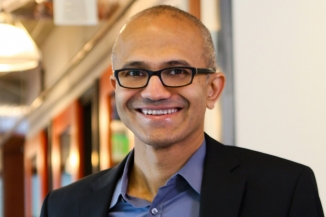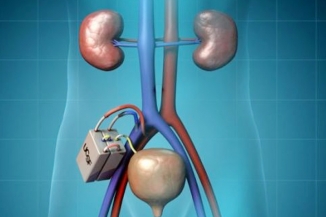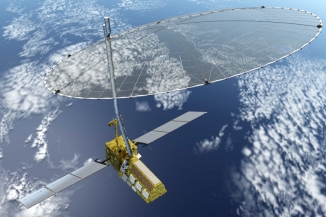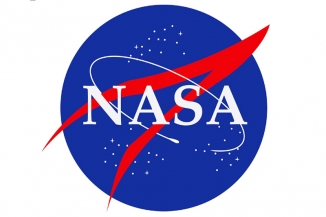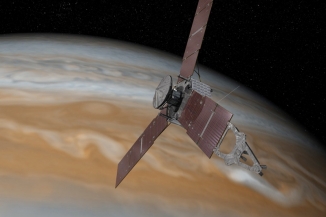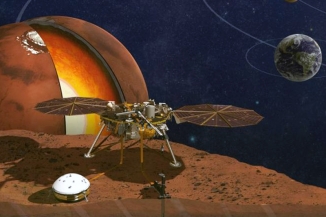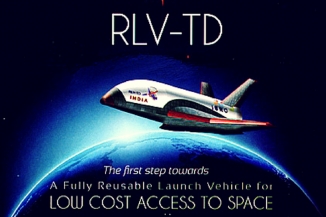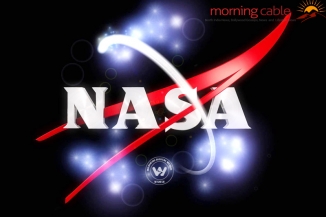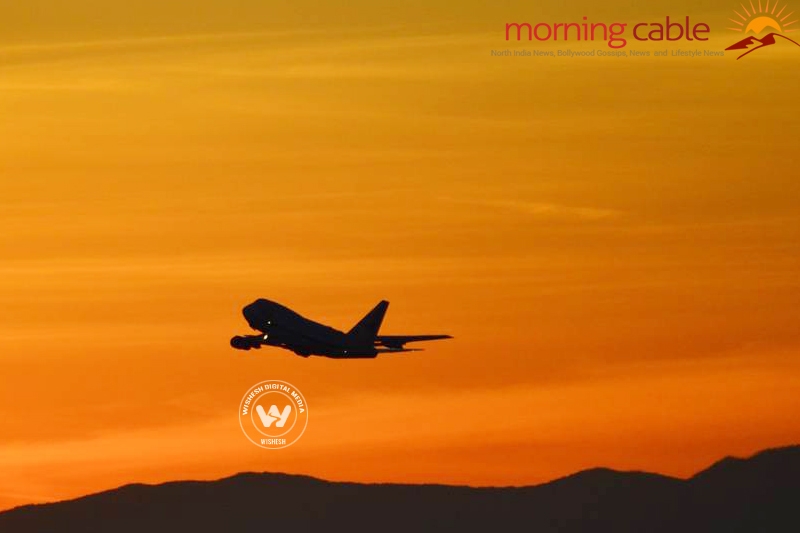
NASA's "flying" telescope aboard on a highly modified Boeing 747SP jet has begun its fourth series of flights to map planets, asteroids, stars, galaxies and other interesting elements..
This operational period, referred to as "Cycle 4", could be a one-year-long observant period within which the Stratospheric Observatory for Infrared Astronomy (SOFIA) is scheduled for 106 flights between now and the end of january 2017.
"The Cycle 4 programme will make more than 550 hours of observations," said Pamela Marcum, NASA's SOFIAÂ project scientist in a statement.
"We'll be studying objects including planets, moons, asteroids and comets in our solar system; star and planet formation; extra-solar planets and the evolution of planetary systems; the interstellar medium and interstellar chemistry; and nearby normal and active galaxies," Marcum explained.
SOFIA's instruments observe infrared energy - one a part of the spectrum which has light, x-rays, radio waves and others.
Many objects in space, for instance newborn stars, emit most their energy at infrared wavelengths and are undetectable once ascertained in normal light.
In different cases, clouds of gas and dirt in space block light objects but permit infrared energy to reach Earth.
In both situations, the celestial objects of interest will solely be studied using infrared facilities like SOFIA.
"During the February 3 flight, the target objects ranged from a young planetary system around the naked-eye star Vega, only 25 light years from us, to an infant star 1,500 light years away in the Orion star forming region," noted Erick Young, SOFIA's science mission operations director.
"We also observed a supermassive black hole hidden behind dense dust clouds in the center of a galaxy 170 million light years away," he added.
Later in "Cycle 4", the SOFIA observatory is scheduled to deploy to the southern hemisphere for seven weeks in June and July 2016, with 24 science flights planned from a base at Christchurch, New Zealand.
There, scientists can have the chance to look at areas of interest like the Galactic Center and different components of the Milky Way that aren't visible or tough to look at from the Northern hemisphere.
SOFIA could be a joint project of National Aeronautics and Space Administration and therefore the German aerospace Center (DLR). NASA's Ames research facility in Moffett Field, California, manages the SOFIA programme.







